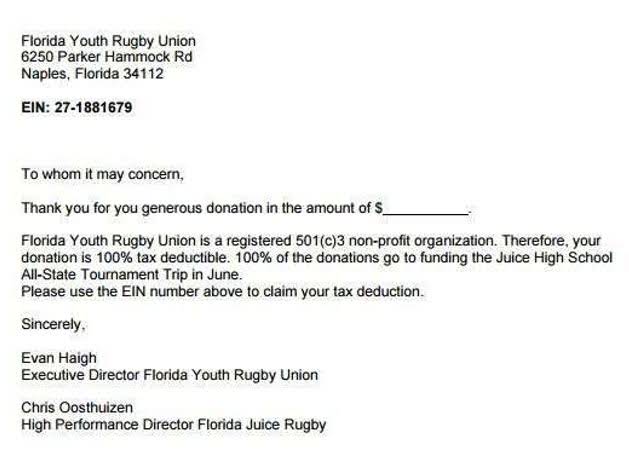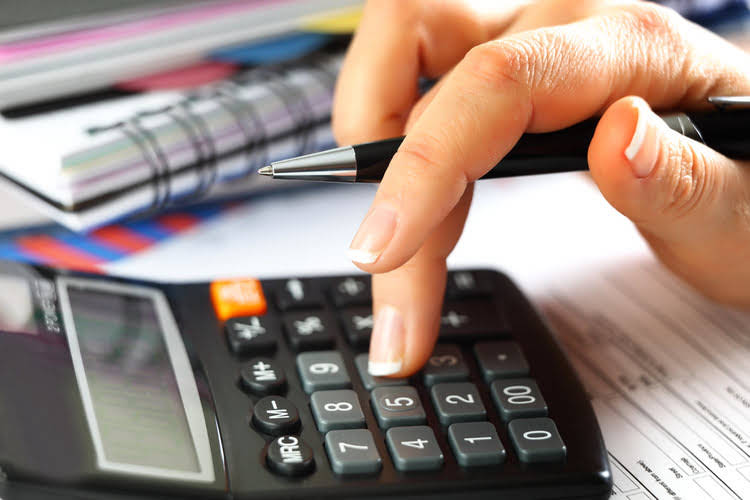In this case, the petty cash balance is $70, when it should be $75. This creates a $5 shortage that needs to be replaced from the checking account. Typically, petty cash accounts are reimbursed at a fixed time period. Many small businesses will do this monthly, which ensures that the expenses are recognized within the proper accounting period.
- You would use your petty cash fund to reimburse your employee for the purchase of the supplies.
- The custodian should prepare a voucher for each disbursement and staple any source documents (invoices, receipts, etc.) for expenditures to the petty cash voucher.
- They need to record expenses based on each category and decrease the cash in bank balance.
- Discuss the good and effective internal controls and also discuss areas that need to be addressed where the eatery is vulnerable to losses.
- Usually, these involve paying various parties or receiving cash from them.
In this case, an expense is created that creates a cash overage or shortage. In this case, an expense is created that creates a cash overage or shortage. As cash is spent from a petty cash fund, it is replaced with a receipt of the purchase.
Companies use this system to keep money at hand to meet small needs as they arise. However, companies may also limit how much a customer can pay into this account. However, keeping significant amounts of money at hand can have some risks. As mentioned above, most companies have transferred their money transactions to banks.
Do you own a business?
Cash is hard to secure and impossible to track; it’s very easy for bills to disappear without a trace—even if you’ve established a careful system of receipts or vouchers. In the upper right portion of the window, click the green New button to create a petty cash account. Since Heather is running out of cash, she may ask for replenishment. Before going to the cashier, she should first complete the bottom of the petty cash log.
- Balancing the petty cash account usually occurs when the fund needs to be replenished.
- The transaction will increase expenses and decrease cash at bank.
- Any discrepancies should be quickly addressed with proper documentation.
- If the voucher amounts do not equal the cash needed to replenish the fund, the difference is recorded in an account named cash over and short.
It is recorded in a separated chart account which enables to reconcile daily between accounting record and logbook. It is usually the cash balance that company use for expenses which require immediate payments. If there’s a shortage or overage, a journal line entry is recorded to an over/short account.
In this case, the expense balance decreases, and the year-end balance is the net balance from all overages and shortages during the year. The Cash Over and Short account will be used to balance the entry when the cash needed to get back to the petty cash account does not match the total of petty cash vouchers. Remember, for all journal entries, total debits must equal total credits. To improve the way you handle petty cash accounting, require a petty cash receipt for each transaction. And, create a petty cash slip indicating the amount, employee’s name, and date when you give employees petty cash. When you or employees pay with petty cash, retain the receipt and attach the petty cash slip to the receipt for your records.
Demonstration of Typical Petty Cash Journal Entries
Notice that the petty cash account is debited or credited only when the fund is established or when the size of the fund is increased or decreased, not when the fund is replenished. At the month-end, cashier prepare replenish report and receives cash from bank to refill the petty cash balance. They need to record expenses based on each category and decrease the cash in bank balance. Then, get the total of the Amount column to determine total petty cash expenses. The ending balance is the difference between the beginning balance and the total petty cash expenses.
The transaction will record cash replenish from bank and increase expenses on the income statement. The cash account can be cash at bank or cash on hand, it depends on the source of cash. After review and approval, the cash will transfer from bank to replenish the petty cash balance.
Recording Petty Cash
The responsible person will allow to use the petty cash based on company policy and attached to the proper document. It may require another person to approve the transaction before releasing cash. (Figure)The vice president of finance asks the accounts payable (AP) clerk to write a check in the name of the president for $10,000. He and the president will sign the check (two signatures needed on a check of this size). He further instructs the AP clerk not to disclose this check to her immediate supervisor. Here is another template which also useful for accountants to control their petty cash balance.
Petty Cash Book
It should be noted that the debit to the income statement for the expenses, reduces the net income which reduces the retained earnings and therefore the equity in the business. Review petty cash do’s and don’ts to ensure you correctly handle your fund. Most businesses will reserve enough cash in their fund to meet their monthly needs.
When disbursing cash from the fund, the petty cash custodian prepares a petty cash voucher, which should be signed by the person receiving the funds. A petty cash voucher is a document or form that shows the amount of and reason for a petty cash disbursement. In a simple system, all petty cash expenditures are documented as they happen. The total of these costs is added to the petty cash account monthly, and the monthly amount is entered into the General Ledger as an expense. Finally, surprise petty cash counts should be made to maintain good internal control over the fund. In any given month, a custodian will make various disbursements from the petty cash fund.
Imprest petty cash is the system that company keeps the cash balance on the petty cash account and the transaction will not impact its account again. To maintain internal controls, managers can use a petty cash receipt ((Figure)), which tracks the use of the cash and requires a signature from the manager. The replenishment of funds is an important step in the successful management of resources. It is important that the amount of money in the petty cash fund is closely monitored and that any discrepancies are quickly addressed. It is important to realize that the $80 check will be credited to Cash (the company’s checking account).
Double Entry Bookkeeping
This means that expenses above $50 cannot be charged to petty cash. However, we can also specify that certain expenses are always chargeable to petty cash, even if they’re above $50. To ensure efficient management of resources, the replenishment of money allocated for small purchases must be regularly monitored. Replenishing petty cash is the act of returning a significant what is the maximum validity for a post dated cheque in india amount of cash in the petty cash box to the amount listed in the general ledger account. The custodian of the fund must log all expenses and present receipts as proof of the expense. The custodian is responsible for tracking the total expenses, and when the amount exceeds the amount of the fund, a request for replenishment is made to the finance department.

